Tune your harp by ear…FAST!
What happens if your tuner suddenly dies in the middle of a performance? You need to be able to tune your harp by ear!
I learned from an elderly Welsh lady, who never used an electronic tuner, and I actually felt a bit ashamed when I first bought one! I found that it was helpful in a noisy setting to be able to tune by vibration, as my tuner can. But in the beginning, I only tuned by ear.
I found it quite easy to learn to tune by ear because I was in a choir from when I was young and I also played the violin, which both require training your ear to hear when a note is in tune. But if this is something that is not natural for you, I’ll give some tips at the end of how you can train your ear.
If you still need to learn the basic mechanics of tuning your harp, watch the following videos by Sylvia Woods… it’s really helpful as a starting point!
This has been such a helpful skill for me to have! I can always use an electronic tuner to get a more precise tuning, but nothing replaces understanding how it all works.
Do you tune your harp the same way as I do, or differently? Tell me in the comments below!
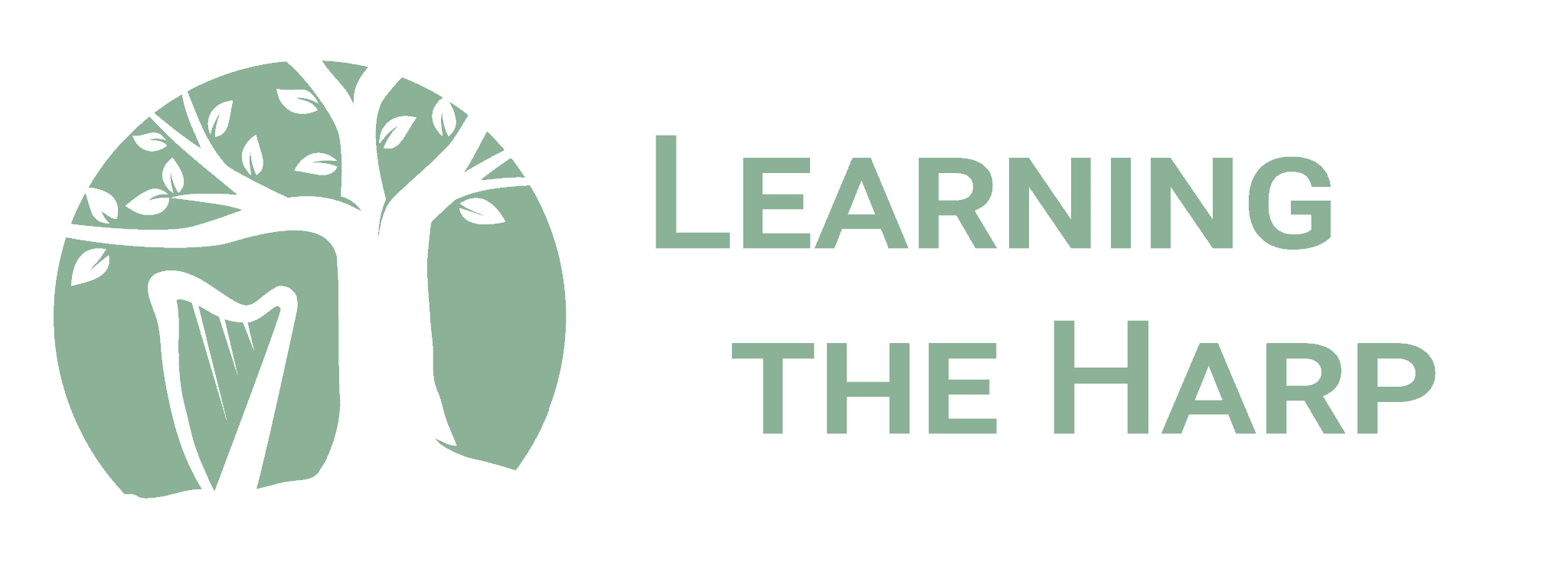
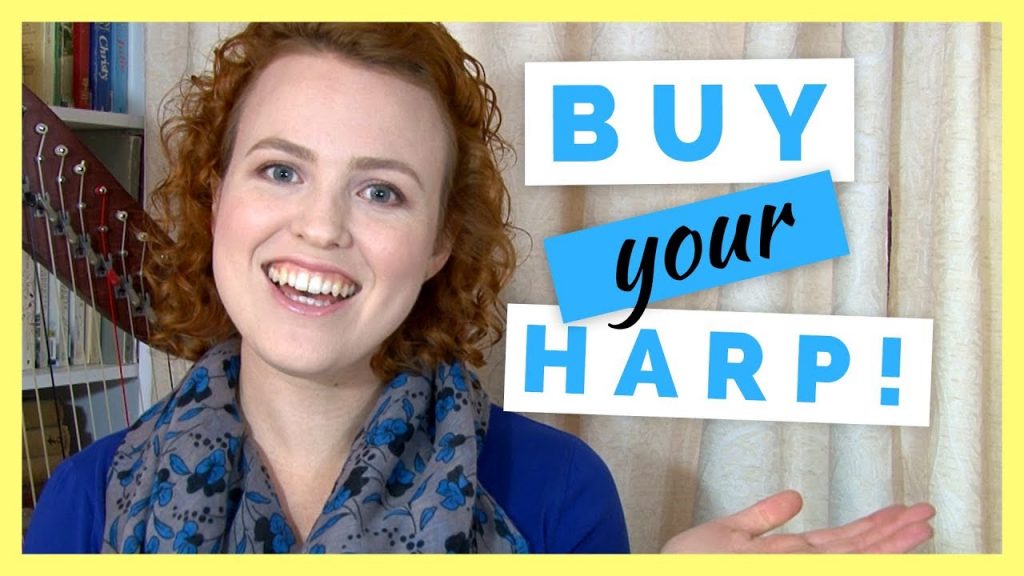

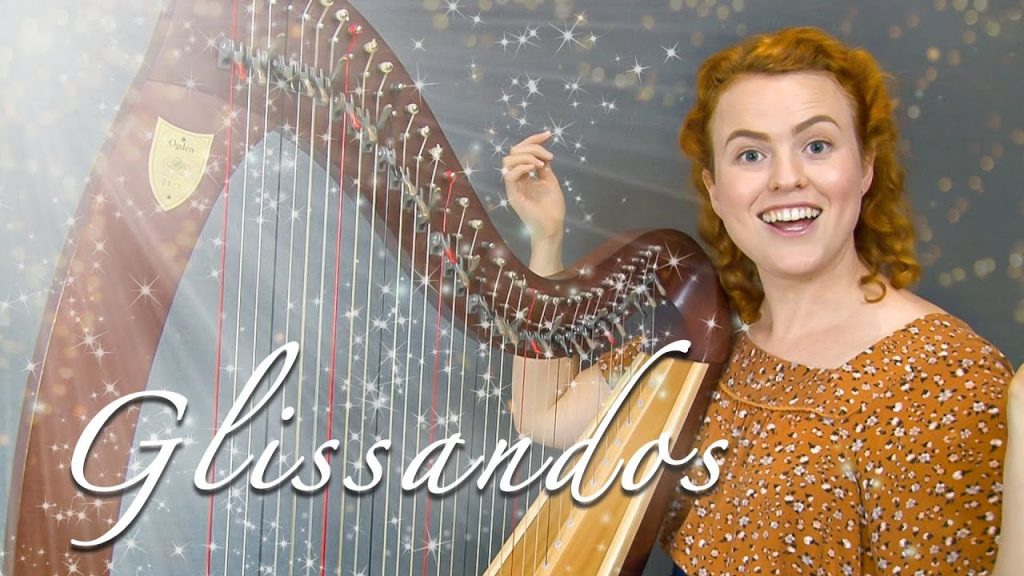
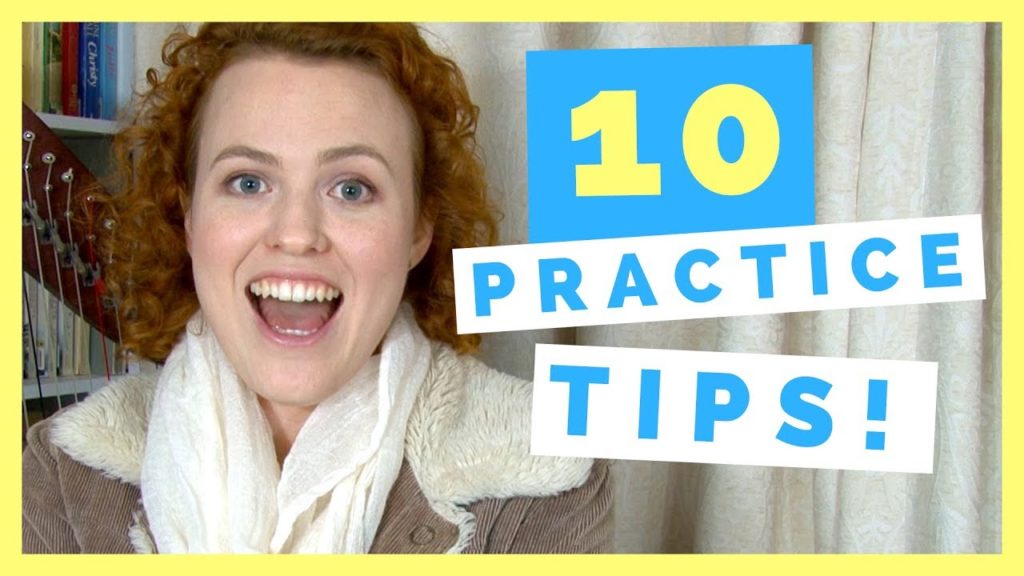
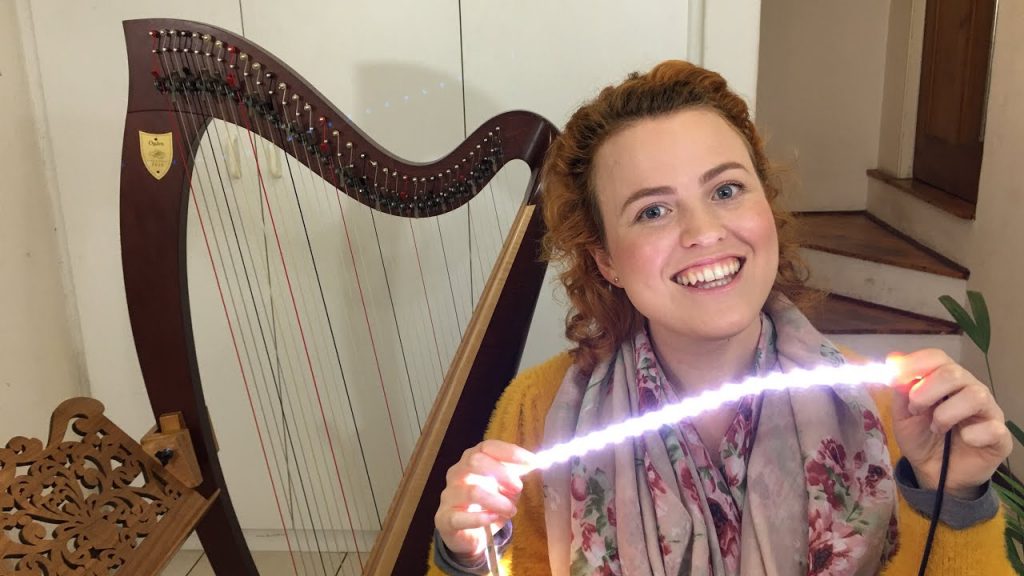
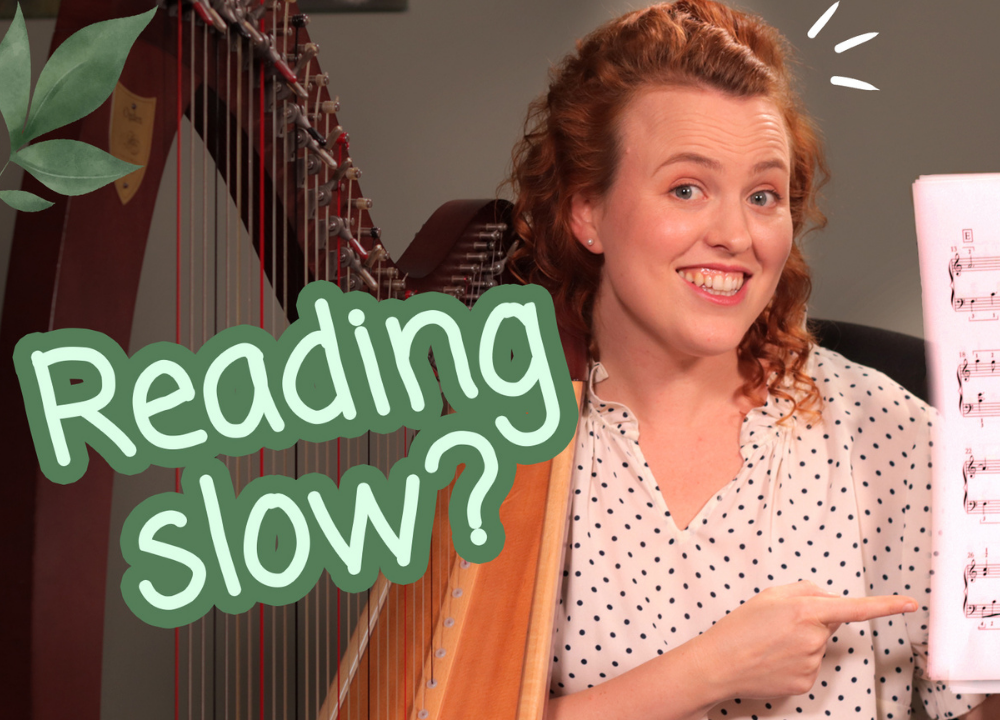
Hi, I am like you a violin player who turned to the harp.
I think you talk here about 2 different things.
Violin tuning is one. Only 4 strings, that we tune two by two successively G-D, by vibrations, then D-A and finally A-E. Then we play the violin by ear, not by prefabricated notes from a tempered keyboard, but on Zarlino or natural scale, in harmony with the voices of the choir.
The electronic tuner is hence useless for the violin.
With the harp, it is different. If you play any diatonic harp, celtic, paraguayan or peruan, you can easily tune it in natural scale by the vibrations. If you play the classic harp, I think it would be difficult to match the tempered scale by ear, and obviously impossible to do it by the consonance of the vibrations like on the violin. Personally, I tune my cross-strung chromatic harp on natural scale using a drone, optionally a tanpura, and … my ears. I play only modal music always in E flat and I enjoy the sympathetic effect of strings resonance that will never happen if tuned with an electronic tuner or a mobile phone application. Having said that, I am still in search of improvements to my tuning method, and I am conscient of the limitations, as it works only when I play alone or with singers or other not tempered instruments.
Hi, I am like you a violin player who turned to the harp.
I think you talk here about 2 different things.
Violin tuning is one. Only 4 strings, that we tune two by two successively G-D, by vibrations, then D-A and finally A-E. In other terms, we usually tune the 4 basic nottes of G, D, A, E on pythagorician mode. Then we play the violin by ear, not by prefabricated notes from a tempered keyboard, but on Zarlino or natural scale, in harmony with the voices of the choir.
The electronic tuner is hence useless for the violin.
With the harp, it is different. If you play any diatonic harp, celtic, paraguayan or peruan, you can easily tune it in natural scale by the vibrations. If you play the classic harp, I think it would be difficult to match the tempered scale by ear, and obviously impossible to do it by the consonance of the vibrations like on the violin. Personally, I tune my cross-strung chromatic harp on natural scale using a drone, optionally a tanpura, and … my ears. I play only modal music always in E flat and I enjoy the sympathetic effect of strings resonance that will never happen if tuned with an electronic tuner or a mobile phone application. Having said that, I am still in search of improvements to my tuning method, and I am conscient of the limitations, as it works only when I play alone or with singers or other not tempered instruments. Well tuned, the harp may be more in tune than the violin, as it will reproduce only natural resonance scale, since the violin tuning is mixing up Pythagorician and Zarlino tuning.